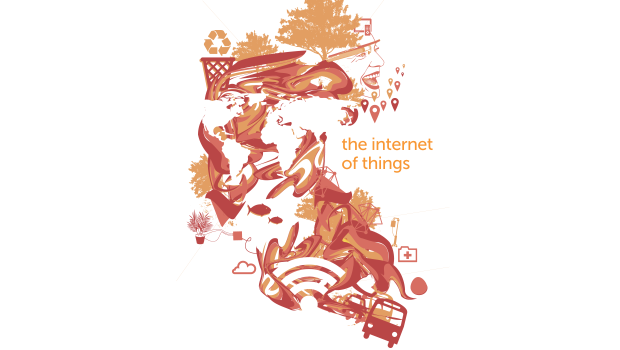Whenever someone tries to dismiss the Internet of Things as a nice future vision, I love to rebut them with an example — such as the bassinettes in the Toronto Hospital for Sick Children that allow doctors to diagnose a life-threatening infection a day before there are visible symptoms — that shows the IoT’s not only a reality, but is also saving lives! That usually stops them in their tracks. .
Now there’s a great new example on the horizon: the TellSpec food inspector.
In fact, because of the service’s three components, I’d say it’s a near-perfect example if you want to introduce the IoT to someone! Once in widespread use, it might well be the “killer app” that finally makes the IoT a household phrase — extremely useful (and easy to use), affordable, and allowing you to do something that couldn’t be done before.
For a variety of reasons, the rate of food allergies is increasing alarmingly, and adults with gluten allergies or parents whose kids are allergic to peanuts can’t always depend on package labels or appearances to warn them of when a given food may trigger a deadly attack of anaphylaxis. Then there’s the rest of us, who are increasingly dubious about whether our foods include pesticides, transfats or other unwanted substances. Or, we may just want to track our calorie consumption. TaDa! The TellSpec!
The crowd-sourced (yea! The people know best) system is a a classic IoT service, because it combines:
- a device: the TellSpec scanner, which is small enough to go on a key chain — and would have been impossible without the revolution in sensors and nanotechnology (specifically, nanophotonics): its guts are a low-power laser and a spectrometer on a chip that measures the reflected light, analyzing any food’s chemical composition in less than 20 seconds. This kind of analysis used to require a bulky, stationary spectrometer.
- analysis in the cloud: the data is transmitted to the cloud, where an algorithm analyzes the spectrum information. As you can imagine, doing this kind of analysis on a large scale and in real time was impossible until the cloud.
- the app: within seconds, you get an easy-to-understand message that details the food’s components, such as transfats, caloric content, allergens, etc.
How cool is that?
The system is in prototype right now. They’re taking pre-orders now, for delivery in August. The scanner plus a year of the analysis support will be $320, and after that, it will cost $7.99 per month or $69.99 yearly. My normally acceptable range of cost for an app is $.00 or less, LOL, but even a cheapskate like me realizes that this is well worth the price.
What a marvelous invention, and what a proof of concept!
As always, I’m indebted to Postscapes for the tip on this one.

